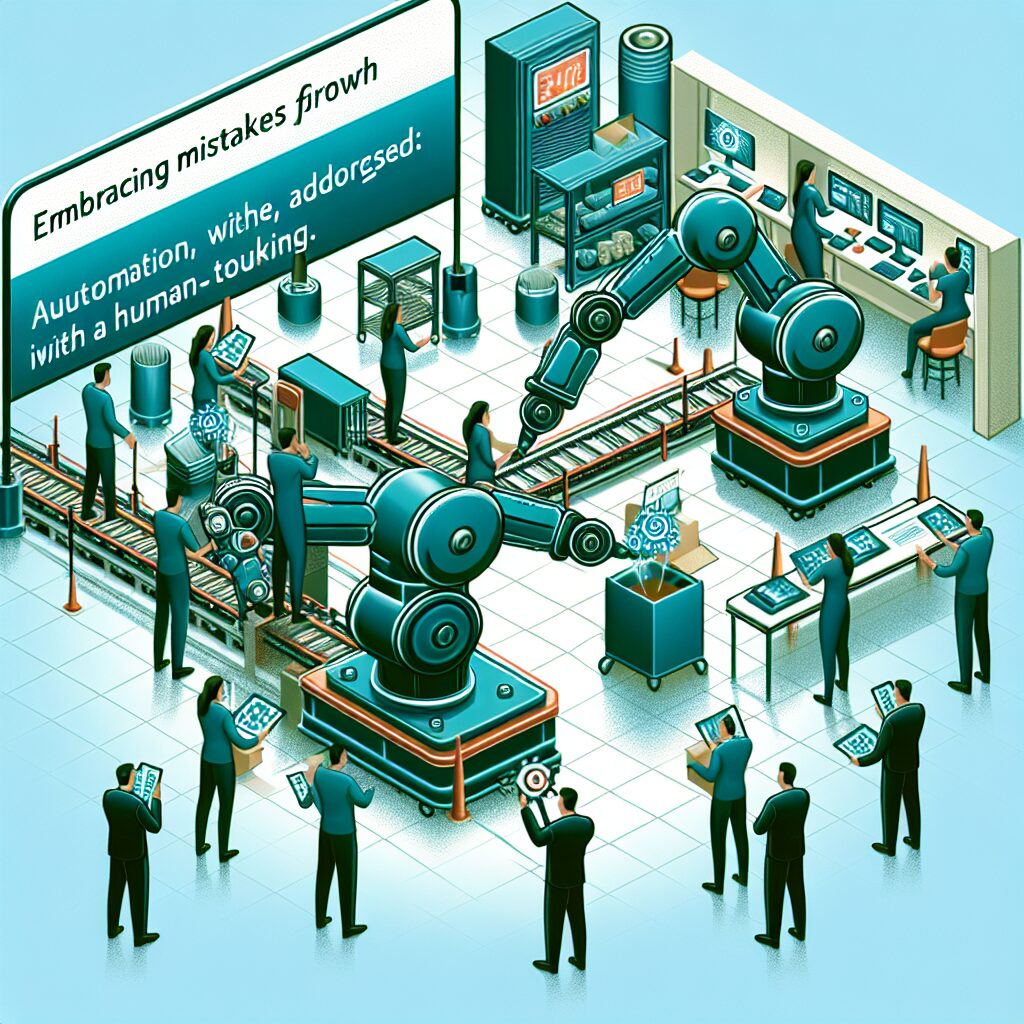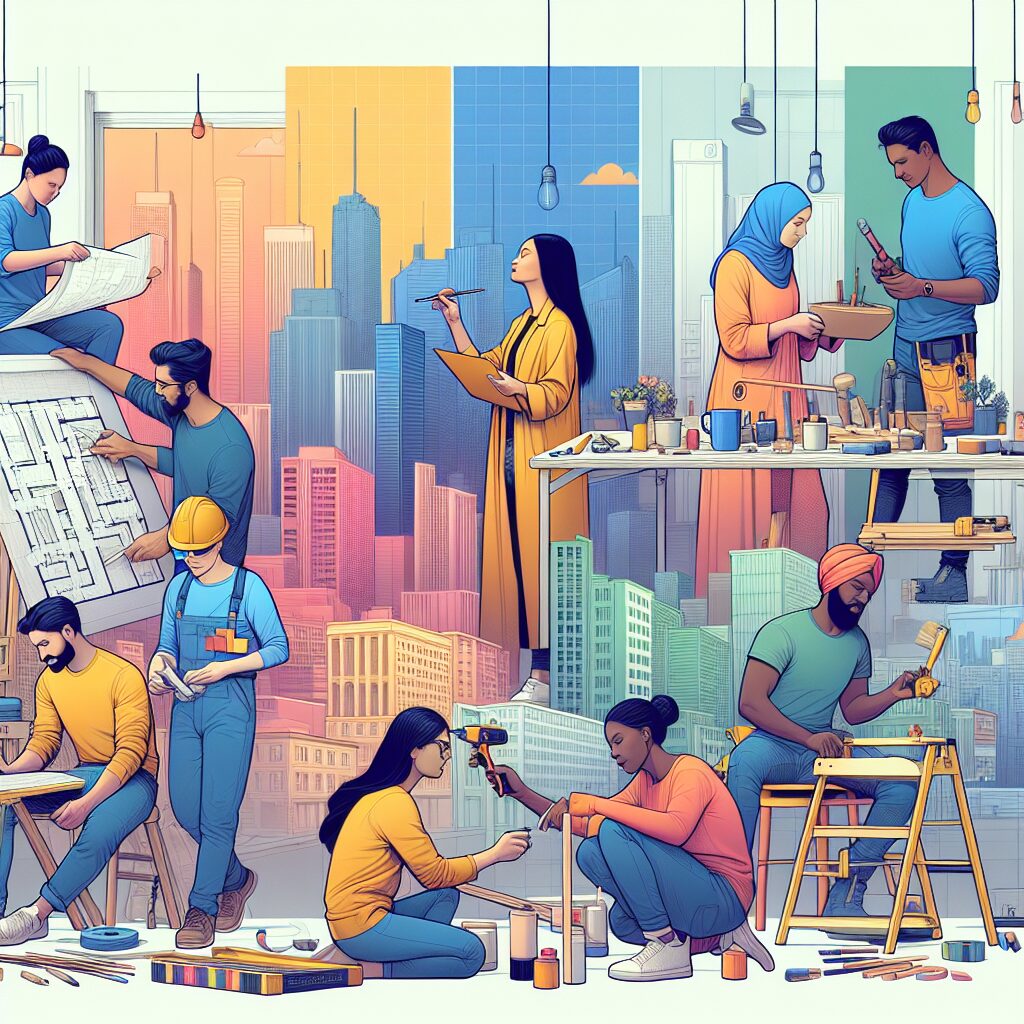
Embracing Human Imperfection: Rethinking System Design in Aviation Safety

The Flight Incident: A Lesson in Human Error and System Design
Recently, a flight attendant triggered an emergency slide by mistake, costing the airline around £70,000 and delaying countless passengers. Now, you might be thinking this is just another typical case of human error. But hold on a second. This incident taps into a much larger conversation about our systems and how they handle, or rather mishandle, human lapses.
Human Error: Part of the Package
Let’s be honest, human beings are imperfect. We all have those days when we’re just not firing on all cylinders. The airline industry is no stranger to these lapses—it’s estimated that mistakes like this occur roughly three times a day on a global scale. Imagine that! Three flights a day impacted by human error. It’s not just a quirky fact; it’s a real issue affecting air travel reliability.
So, what does this mean for us? Instead of pointing fingers and assigning blame, perhaps we ought to reconsider how our systems are designed. Are we merely set up to catch human shortcomings, or do we actively create environments that reduce the chances of mistakes happening in the first place?
Redesigning Our Systems to Prevent Errors
Lean thinking teaches us that our focus should not be on “Who is to blame?” but rather “How did we create a system that allows this to happen?” When we ask these questions, we open the door to understanding that robust systems don’t rely solely on flawless execution from people. Instead, they build in layers of protection to guard against inevitable errors.
When I think back to my own experiences in business, I can’t help but recall moments where systems I put in place were tested to their limits. In those times, what truly mattered was not the mistakes themselves, but how prepared we were to handle them. Creating a culture that embraces learning over blame can transform any organisation.
Focusing on Systemic Improvements
The real questions we should be asking are about the systems we have in place. What are they allowing? Why are they failing? If we can shift our perspective to view human errors as opportunities for systemic improvement, we can foster a culture where safety and efficiency thrive. This leads us to consider: what steps can we take today to redesign our processes for a stronger tomorrow?
Are we merely reacting to incidents, or are we proactively revisiting our frameworks to ensure they support our teams effectively? It’s critical that we start thinking deeply about these questions, not just from an operational standpoint, but as a fundamental part of any organisation’s ethos.
What Can We Do? Practical Steps
- Implement regular training sessions that not only focus on compliance but also cultivate awareness around potential human errors.
- Encourage a culture of open communication where staff feel safe to discuss challenges and errors without fear of reprimand.
- Invest in technology that helps reduce human error, such as automated systems that can catch issues before they escalate.
- Review processes regularly to identify and eliminate potential points of failure in your operations.
Let’s Create Better Systems Together
As we reflect on this recent incident, let’s not forget that every error is a stepping stone towards improvement. Instead of wallowing in what went wrong, let’s channel our energies into making our systems smarter, safer, and more forgiving of the errors that occur in a human environment.
The world of business is certainly complex, but with a shift in perspective, we can start to view setbacks as opportunities for growth. So I’ll leave you with this question: how can you contribute to creating a culture that not only acknowledges human imperfection but harnesses it to enhance your organisation’s systems?





